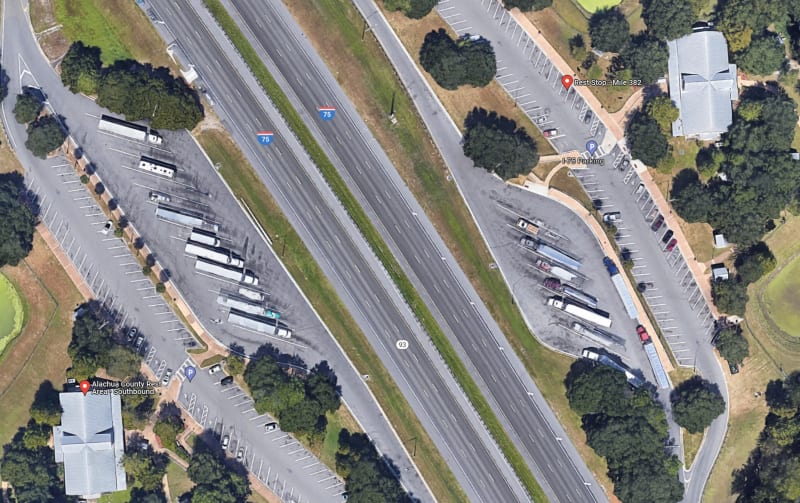"On Thursday, NHTSA said it had discovered in 16 separate instances when this occurred that Autopilot “aborted vehicle control less than one second prior to the first impact,” suggesting the driver was not prepared to assume full control over the vehicle."
Where I a legislating body, I would very much demand that safety critical software needs to be as transparent as any other safety feature. Which would limit "AI"/machine learning applications in these roles.


![[ponder] [ponder] [ponder]](/data/assets/smilies/ponder.gif)
![[wink] [wink] [wink]](/data/assets/smilies/wink.gif)